James Turrell's newest installation of his series of Sky Spaces has opened at ASU, and it is pretty amazing. At first I was a little put off by the colored LED show that it puts on, preferring instead the simple and secluded purity of his SMOCA Sky Space, but after a few outing I have really come to like this one. The changing colors cause your eyes to see the sky in the void and around the edge as an inverse of the LED color: Purple and Green, Blue and Yellow, even White and Black. It's pretty intense at times, almost unbelievably. You can kind of tell the difference in these pictures, but you really have to go and experience it for the full effect. Hats off to everyone involved.
0 Comments
Seeing these works by Bence Hajdu immediately reminded me of my friend Molly Eagan's critique of architectural photography. She took a series of photos with people in abstract positions and formations to highlight the fetishization of geometry in architectural photography and the absence of life the architecture was intended to foster.
Hajdu does the opposite here and deletes the human subjects form classic paintings, leaving the architecture, often brooding and foreboding, to stand on its own. The images are so caught up in our collective cultural conscience that they seem to scream to be inhabited. Vincent James and Jennifer Yoos of VJAA recently spoke at IIT and gave a lengthy presentation on their research of "skyways" around the world. They didn't pose any conclusions, and i don't think I will here either, but they were fascinated with them. At he end of the presentation someone proposed that overpasses are detrimental to street life because it displaces activity. James and Yoos countered with the High Line, and argued it depended on which activities in particular areas are displaced as to whether an skyway/overpass/viaduct will have a detrimental effect. They posited that the High Line represents another layer, in fact a lost layer, of leisure activity in an otherwise dense and rugged neighborhood of west Chelsea. I thought it was an interesting take on why the almost comically uber-loved High Line works, and just maybe that this idea of layered and supplemented activities could work in places other than idiosyncratic New York if the right needs were identified. In the days after I have noticed quite a few Viaduct projects pop up and have been thinking about the different ways to to approach these (typically deteriorating) linear pieces of infrastructure, many of which have a strong physical and psychological presence in their respective cities. The High Line is so brilliantly simple because it simply switches the intended use of its program: people instead of trains. No fuss, no muss, just make it fun and pretty and let it do its job all over again. I think that what is so exciting about the High Line is that citites everywhere could see themselves easily do the same thing with their aging viaducts for a fraction of the cost of tearing them down, actually turning them into an economic engine, not to mention a public asset. Some day, when Chicago and the CTA finally throw their hands up in desperation and frustration, this is what the L will become. Then there is this beautiful idea out of London by Undercurrent Architects that proposes a reuse of the close to 10,000 arches created by the viaducts throughout the city. This re-programming of this largely defunct infrastructure is pretty convincing, especially when it is this well done. A energy analyst has to love the thermal mass provided by the viaduct, and its "green" cred is also bolstered by the material savings and recycling as well. Lets just hope it doesn't leak. On the complete other end of the spectrum is this project by my friend Noel Turgeon. Sort of a Mega Viaduct, it turns the infrastructural typology on its head from the get go. People, not heavy traffic, go on top and inside the massive structure, while the existing heavy industry traffic (truck, train, barge) pass underneath perpendicularly. This solution is also responding to the need of leaving the meager "natural" areas around the industrial site undisturbed. The huge building/dam/bridge attempts to tread lightly while it lofts its program over the site, and does a pretty good job with its dynamic form. Theoretically this inverted, programmed viaduct could perform in a number of different locations, although I think the warning of James and Yoos would be well headed by all skyway supporters: don't supplant what is already there, supplement with what is lacking.
I know I am late to the Freakonomics party, but I picked up the book again today and this was the first paragraph I read:
The delicate balance between these factors helps explain why, for instance, a typical prostitute earns more than the typical architect. It may not seem as though she should. The architect would appear to be more skilled (as the word is usually defined) and better educated (again, as usually defined). But little girls don't grow up dreaming of becoming prostitutes, so the supply of potential prostitutes is relatively small. Their skills, while not necessarily "specialized", are practiced in a very specialized context. The job is unpleasant and forbidding in at least two significant ways: the likelihood of violence and the lost opportunity of having a stable family life. as for demand? Let's just say that an architect is more likely to hire a prostitute than vice versa. I have to go with Phillip Johnson on this one, these authors don't make a very convincing case on the differences between these two professions... Grupo Cuatro! Here is what our international super-squad came up with in 5 days. Not too shabby, I like how bold the proposal is and that it at least gets a reaction. It was a lot of fun learning from the different group members and sharing with them as well. Hopefully we'll get a change to go back. download PDF for full presentation.
Felipe Carrasco of Clap Arquitectos has been working on a number of "pallet houses" and other creative works using the often overlooked and cheap material. They are beautiful pieces of architecture that do not come across as kitch or one-off attention getters. Felipe and his office have a lot of good energy and talent and I am sure we will see a lot more from them in the future.
Not to mention, he is a fantastic guide to all things Chilean and Santiago! Thnak you Felipe and crew. 4 days down here in Chile and it has been a blast so far. Always good to come back down to South America, and so far, always in a different place. We have taken a number of trips with the Workshop and Friday's was to Valparaiso and Viña del Mar where our site is. It's a beautiful place and I would love to come back in Summer. The Workshop starts in earnest tomorrow and then its sprint until Friday. And all in Spanish, I might add. This is going to be exhausting!
I have always been a little wary of the excitement over "concept" in an architectural project, probably because I have a hard time coming up with them. I'm a little too detail and efficiency oriented. However, this blog post from the up and coming studio of Visiondivision could pursuade me otherwise.
There has been a steady stream of Starchitect "Make It Right" homes coming out of Louisiana, some pretty great (atta' boy Blackwell in Biloxi), some a little questionable (Frahk O., I'm lookin at you). Just saw this one on Archdaily from Morphosis and it ticks all the right boxes for me. Cohesive design? Maybe not, but the brief and exposure down there sort of asks for that. Affordable? The claim of complete energy independence form solar panels and a geothermal mechanical plant makes me think otherwise. But beyond the hype, its a really thoughtful, comprehensive, and livable house. They have a strong and well explained concept throughout the house, and as a machine it appears very advanced. Check out the Float House on Archdaily. 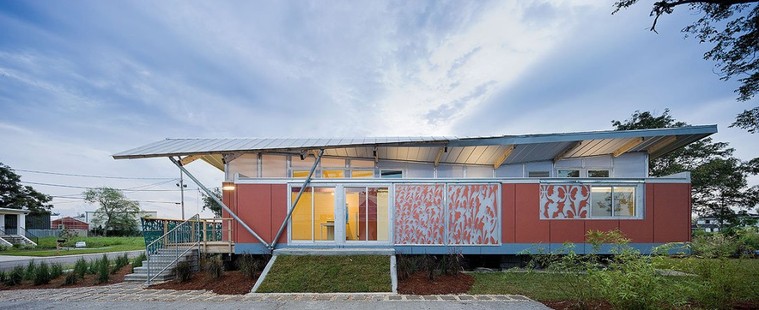
Picked this book up at Powell's recently and was surprised how good it was. Esherick's work wasn't necessarily cutting edge or super modern (a recent rip to the Bay Area confirms that's par for the region), but it is extremely thoughtful and well crafted. The book was a great read and smartly broke down the houses by archetypes rather than chronologically. Lots of good pictures and drawings, but I think the real gems are Esherick's own quotes. I wish I could have met this guy, super great one-liners! I would suggest picking this one up, its super cheap and well made, and a nice grounded place to come back for graceful inspiration.
| |||
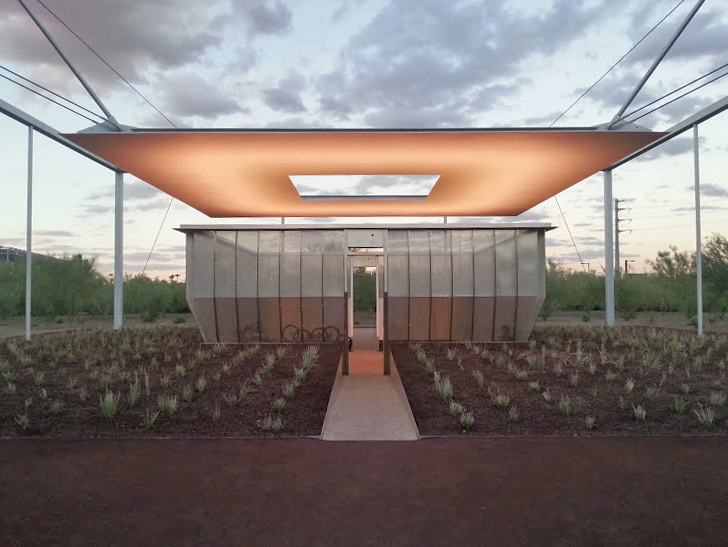
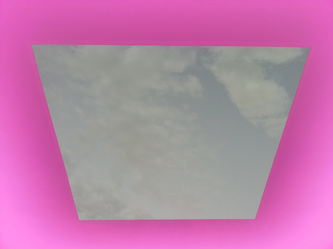
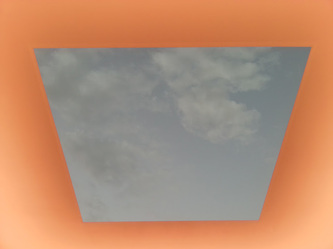
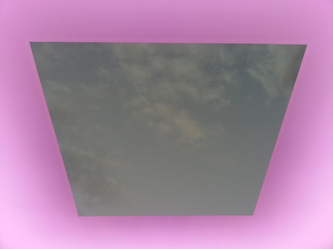
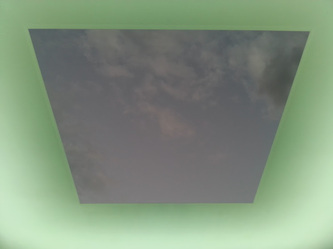
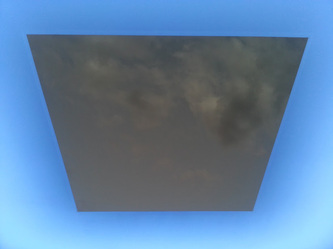
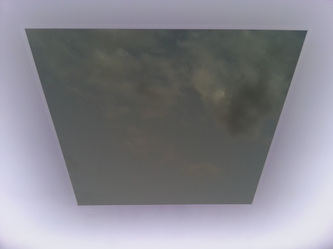
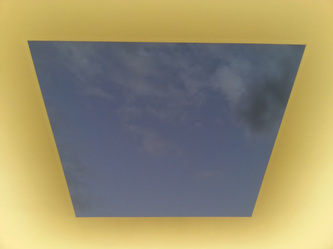
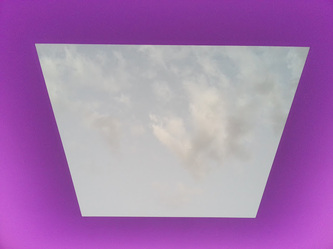
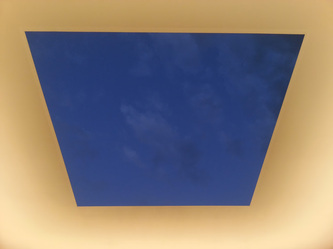
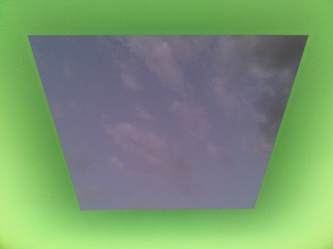
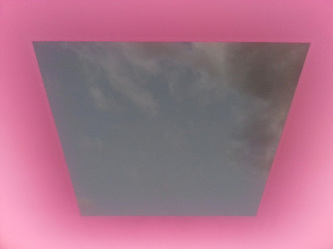
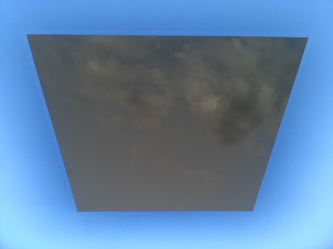
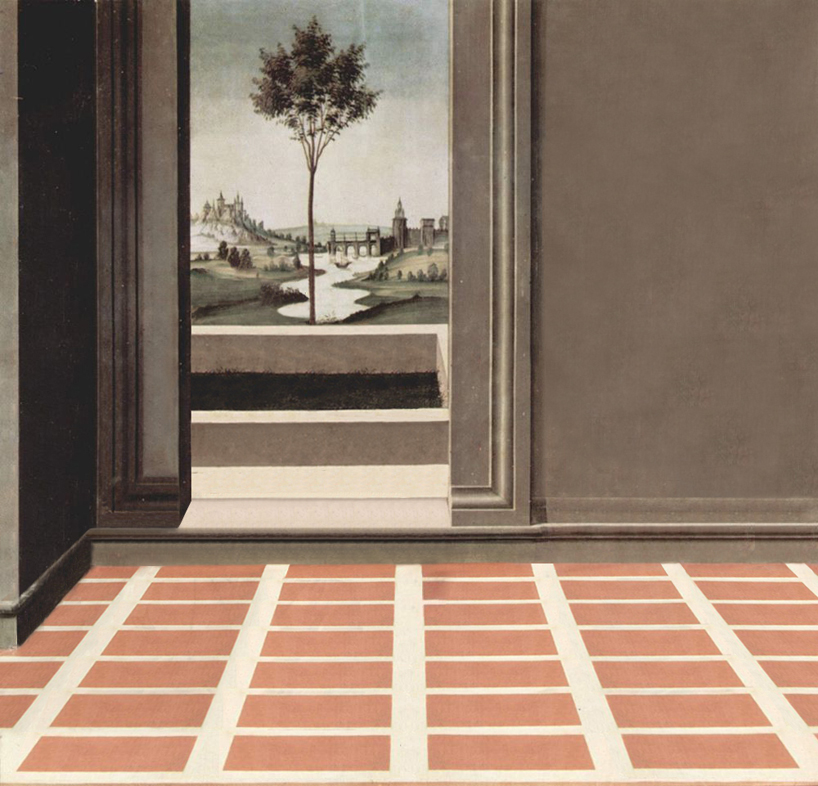
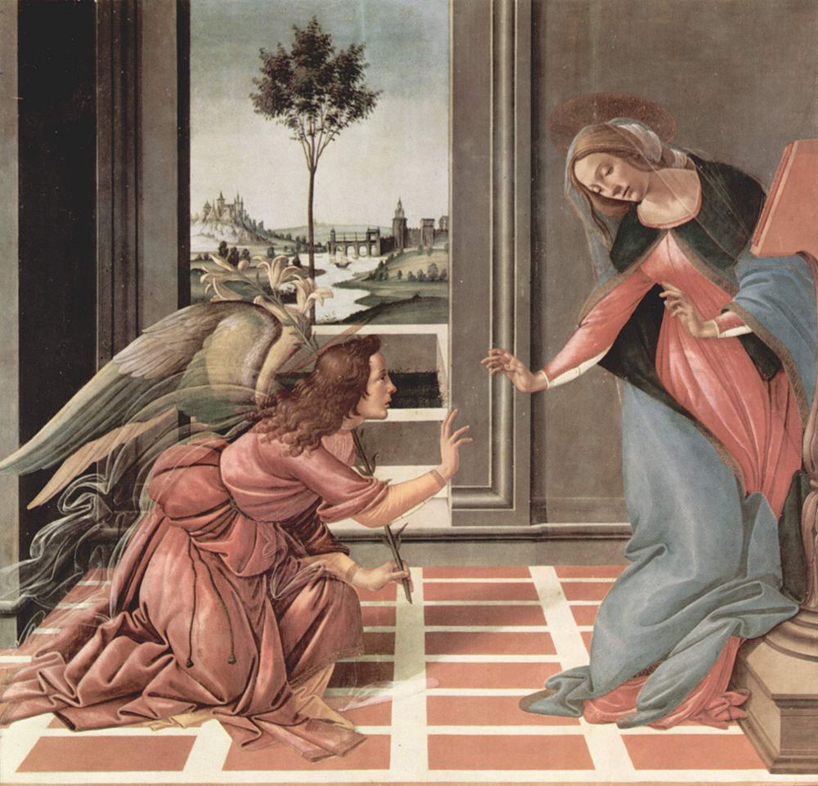
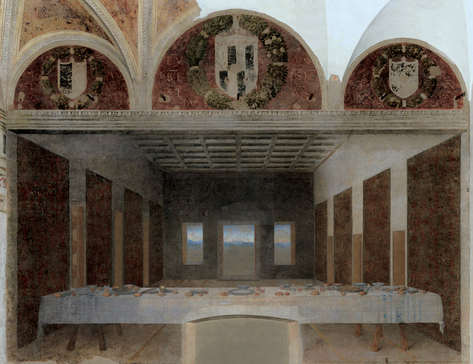
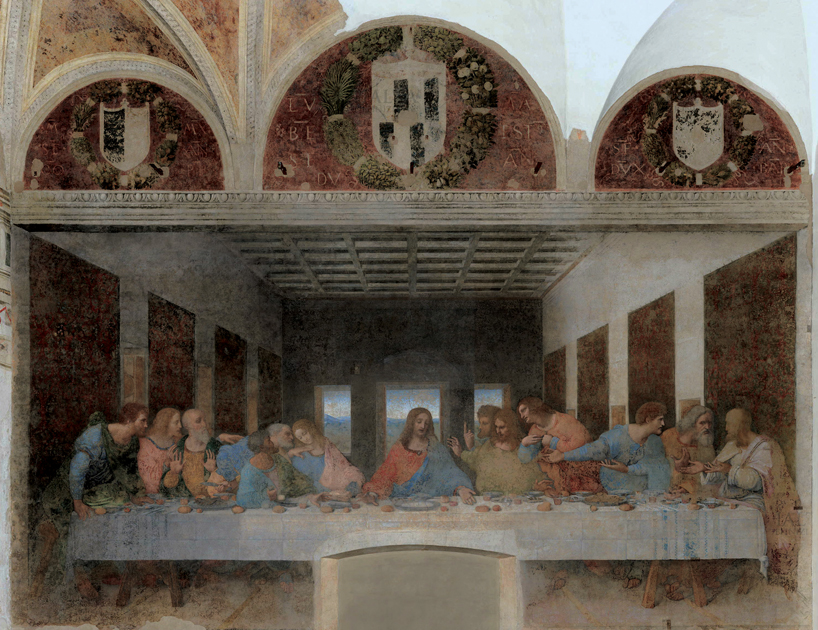
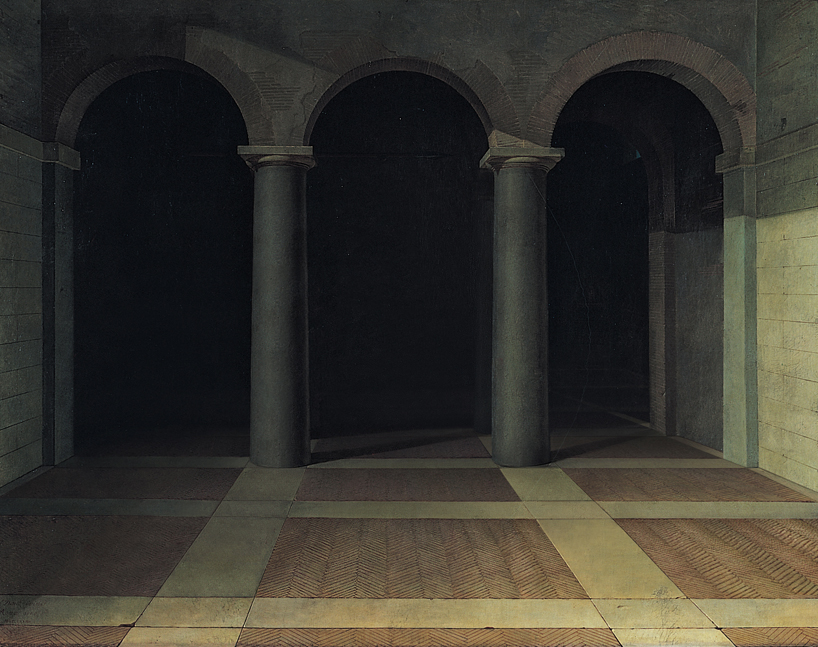
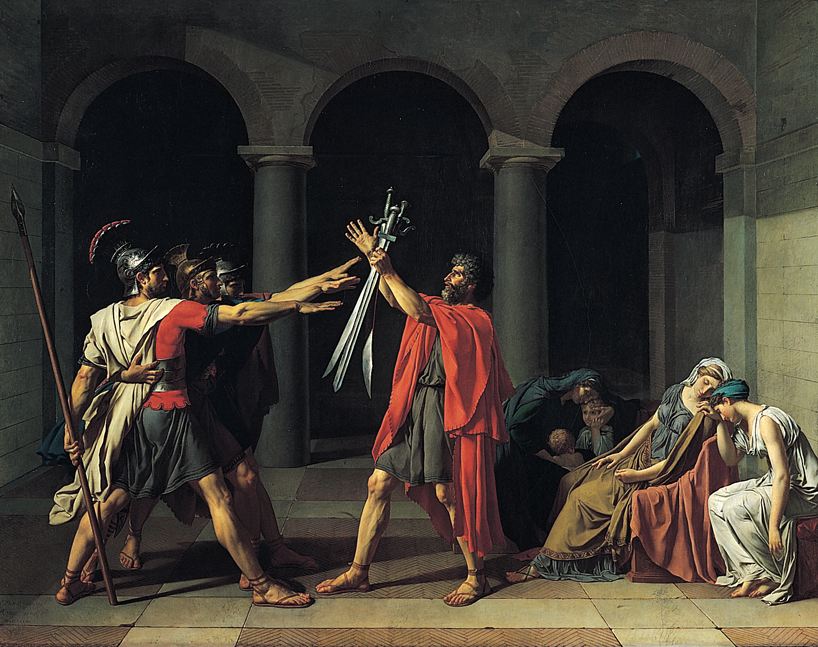
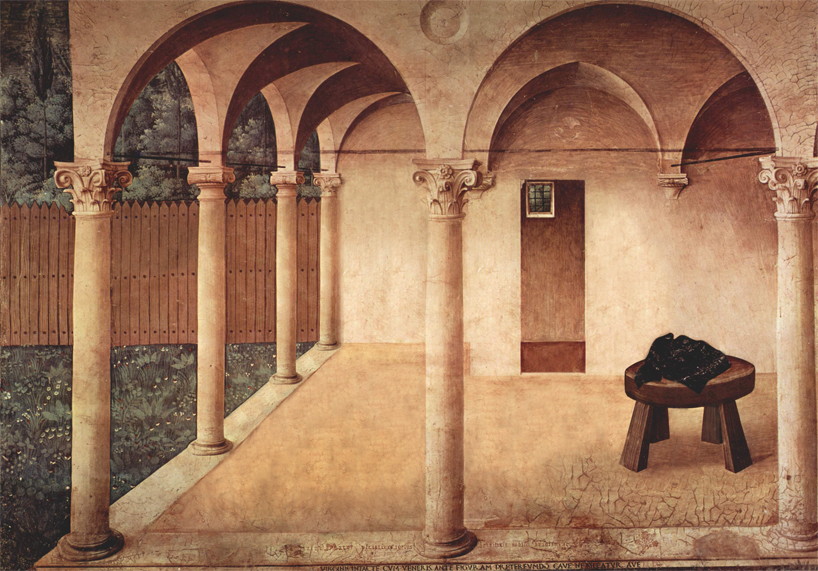
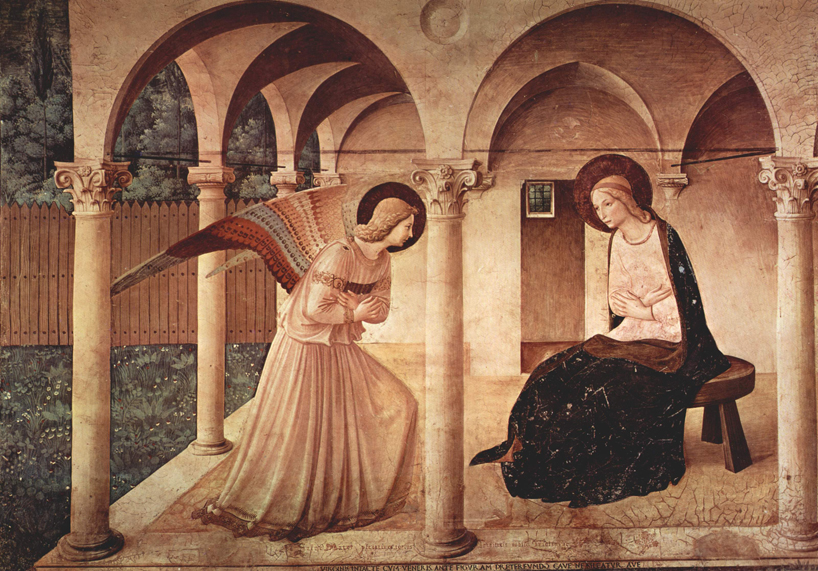
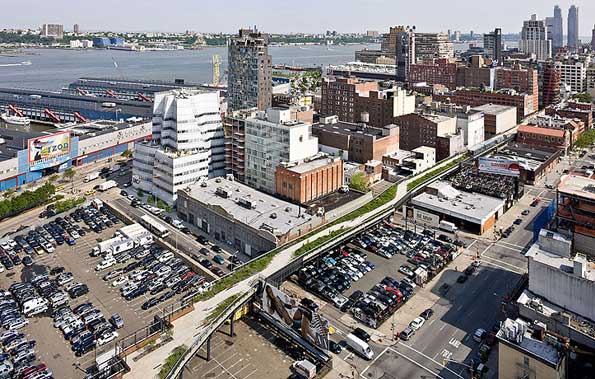
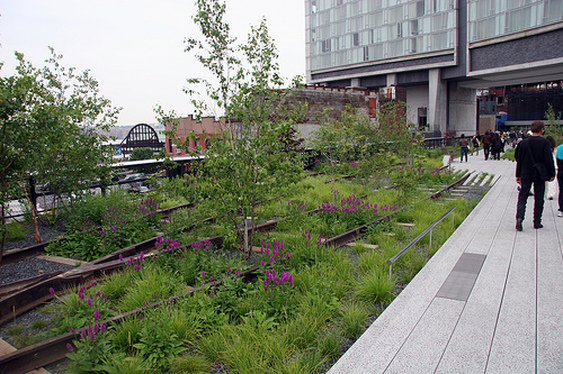
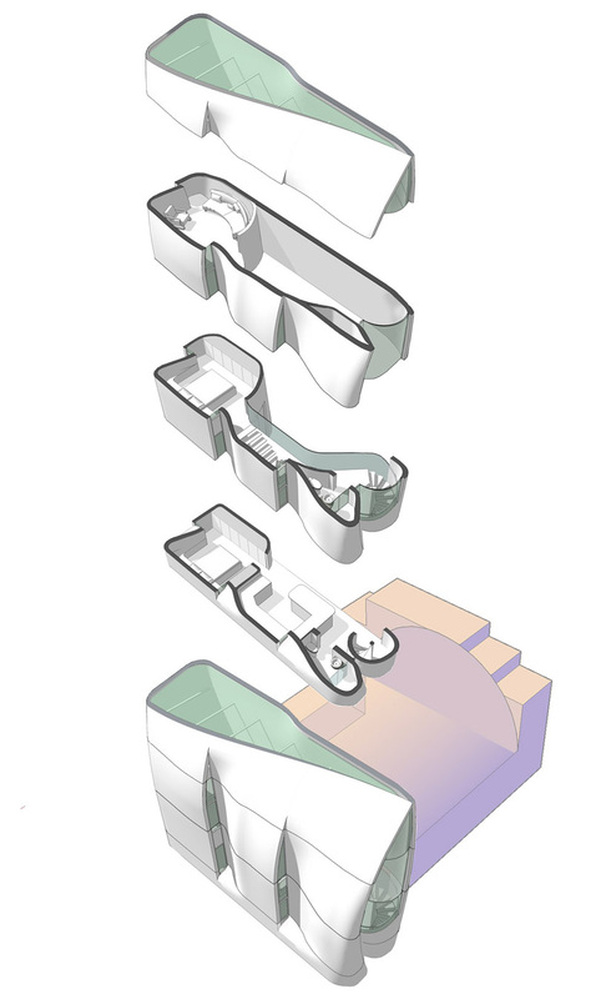
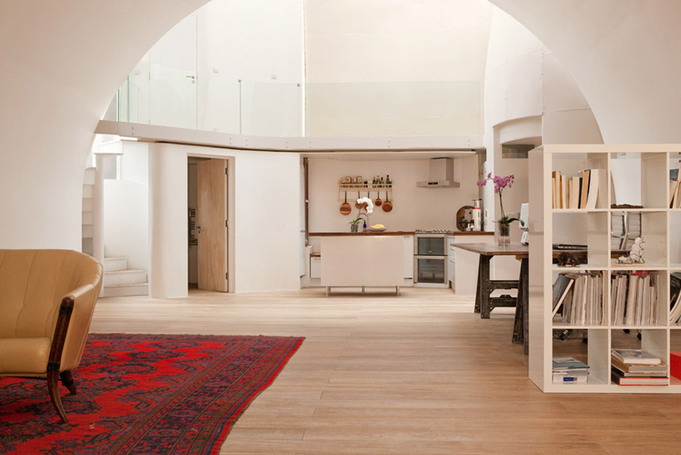
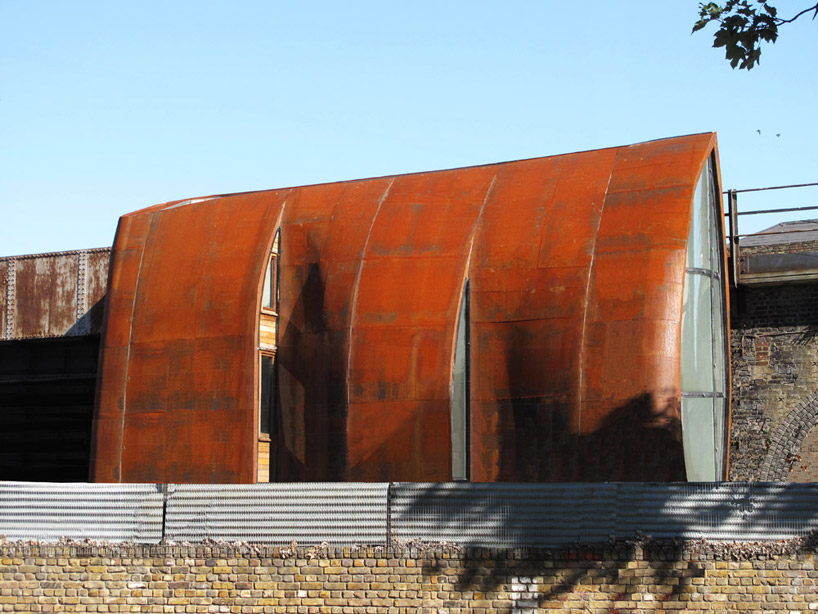
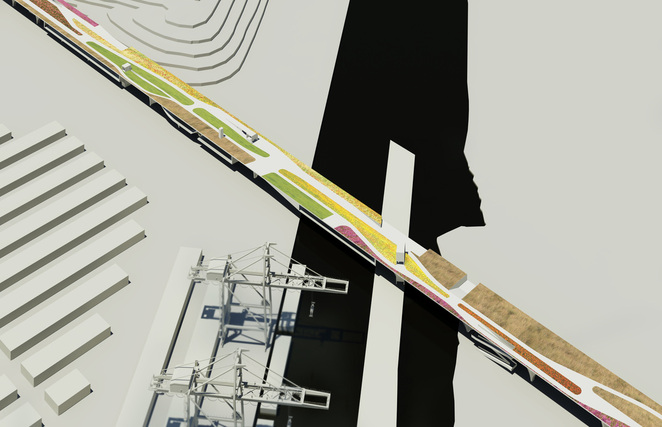
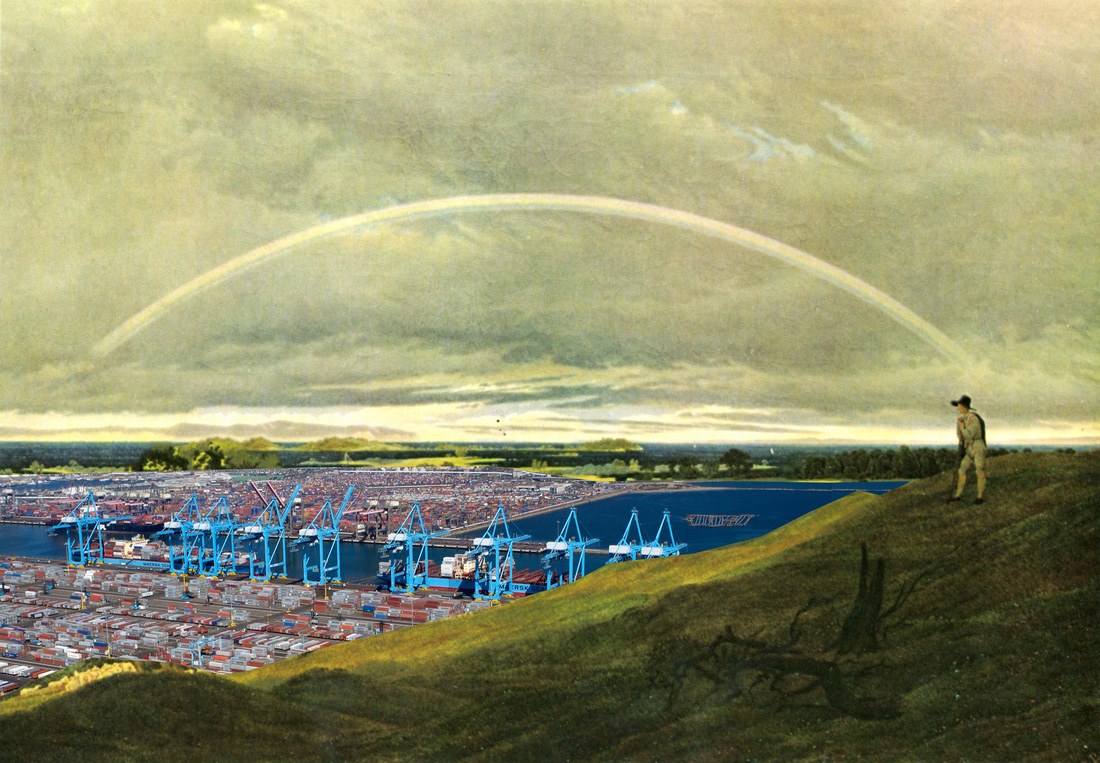
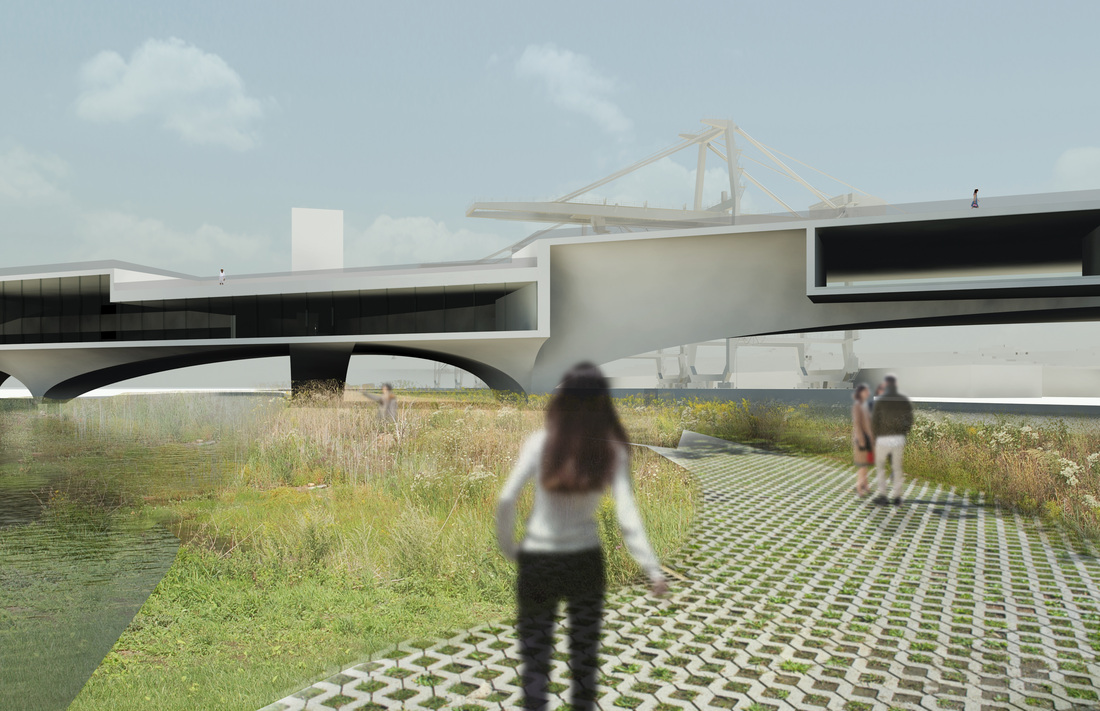
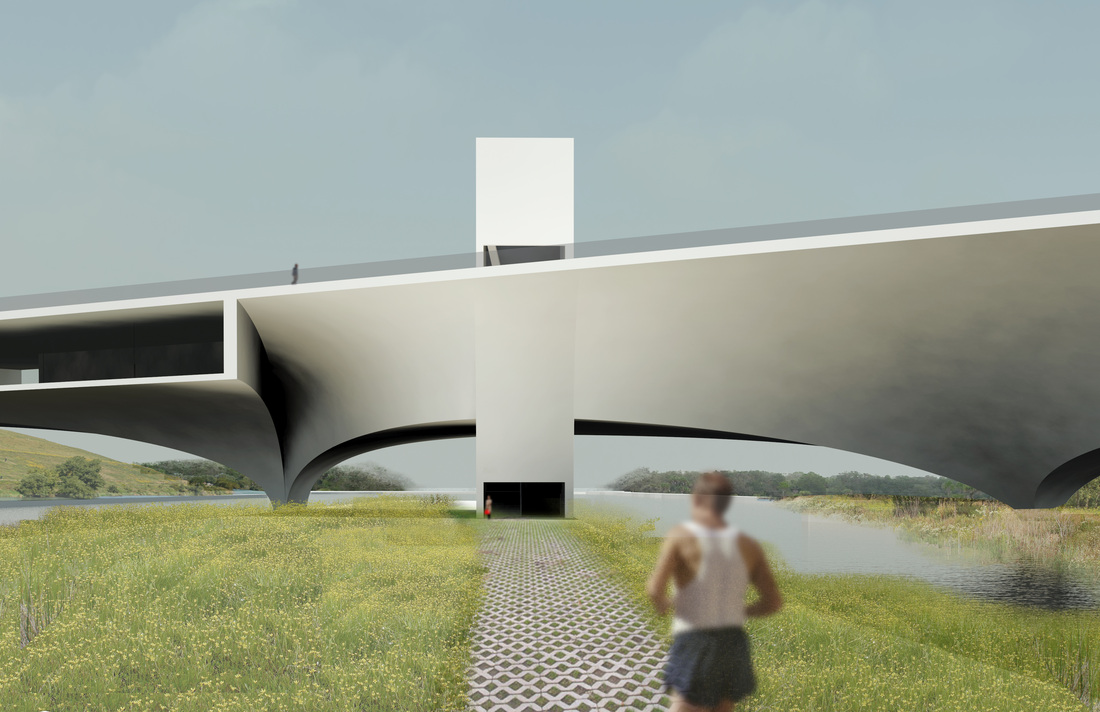
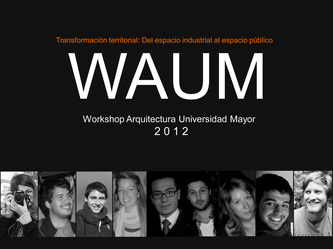
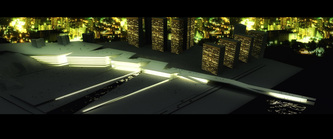
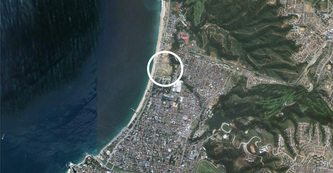
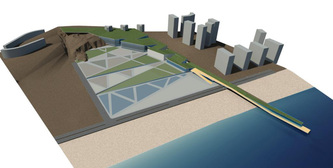
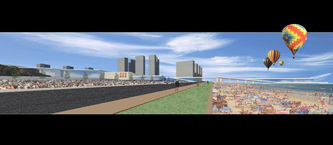
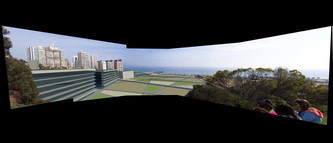
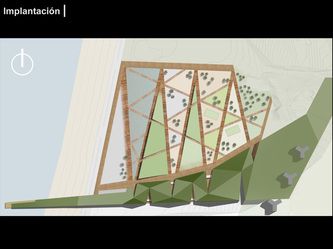

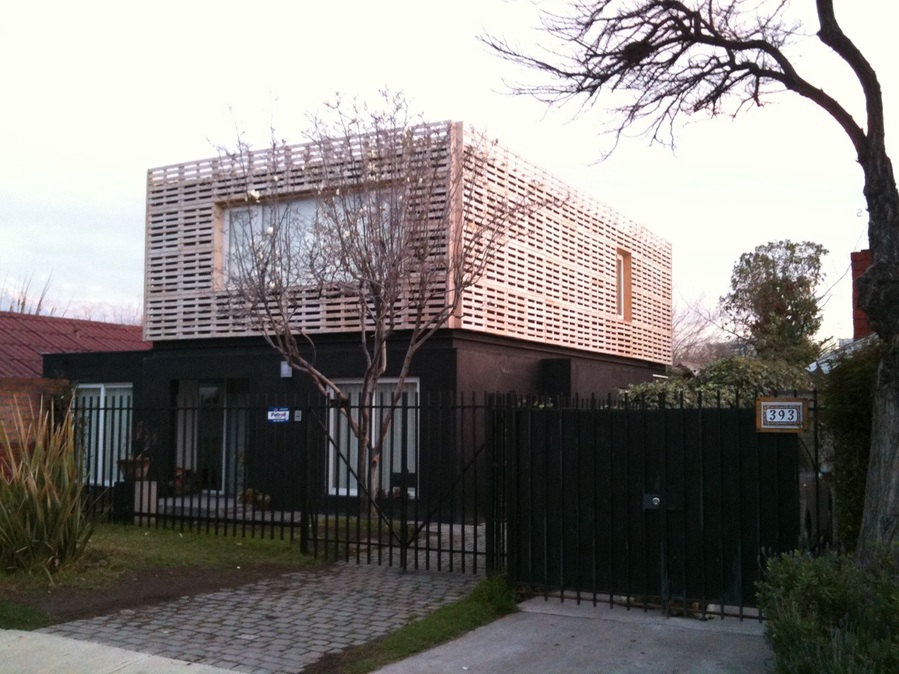
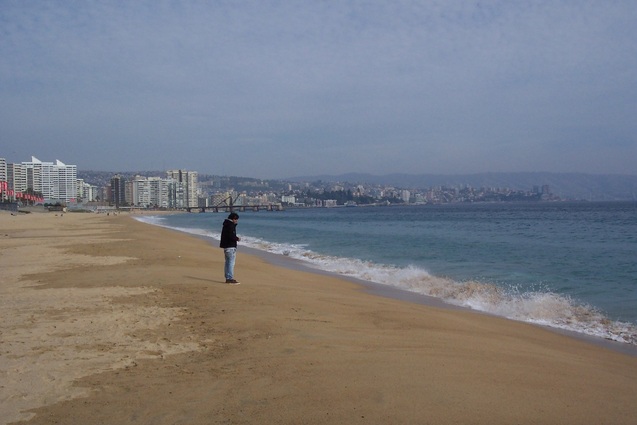
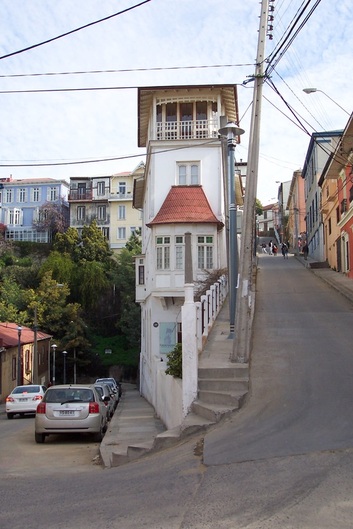
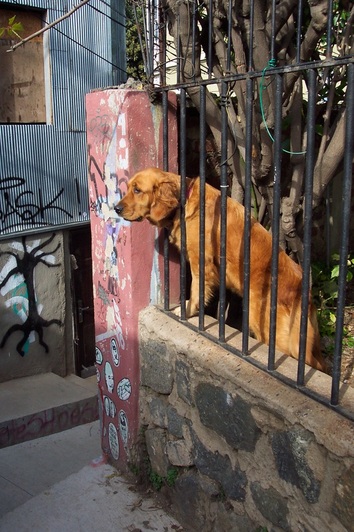
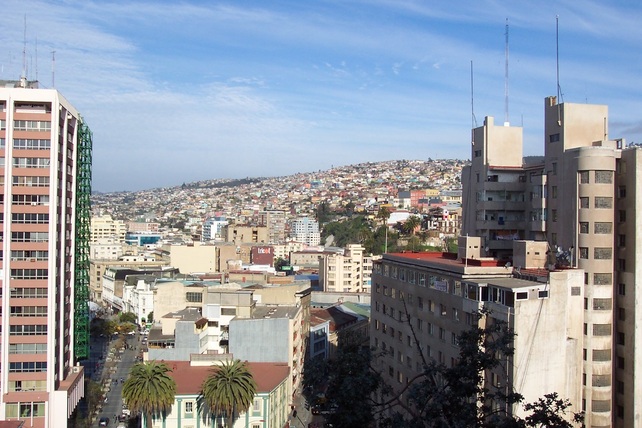
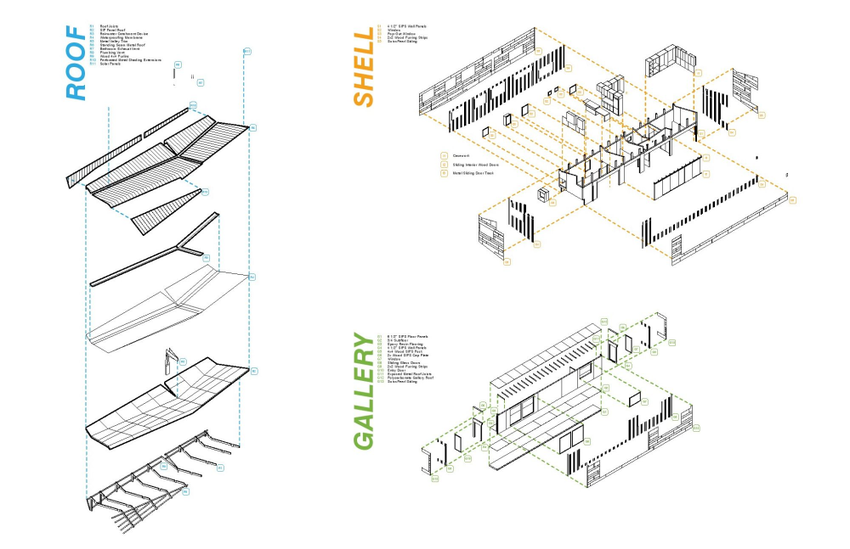
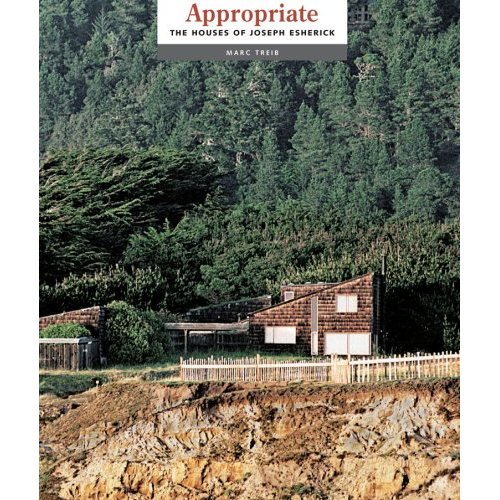
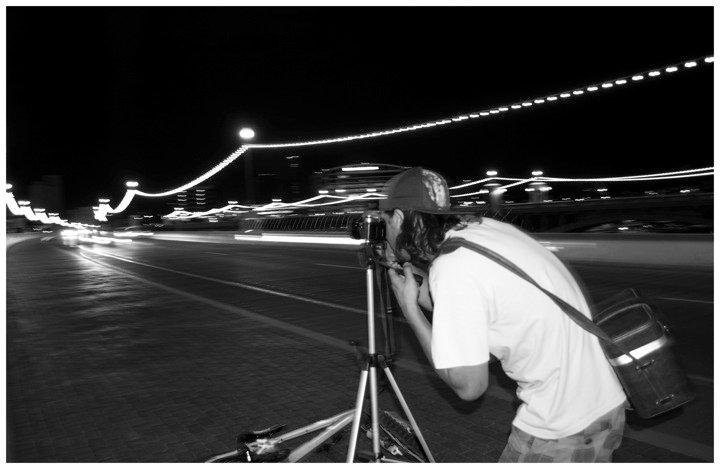
 RSS Feed
RSS Feed